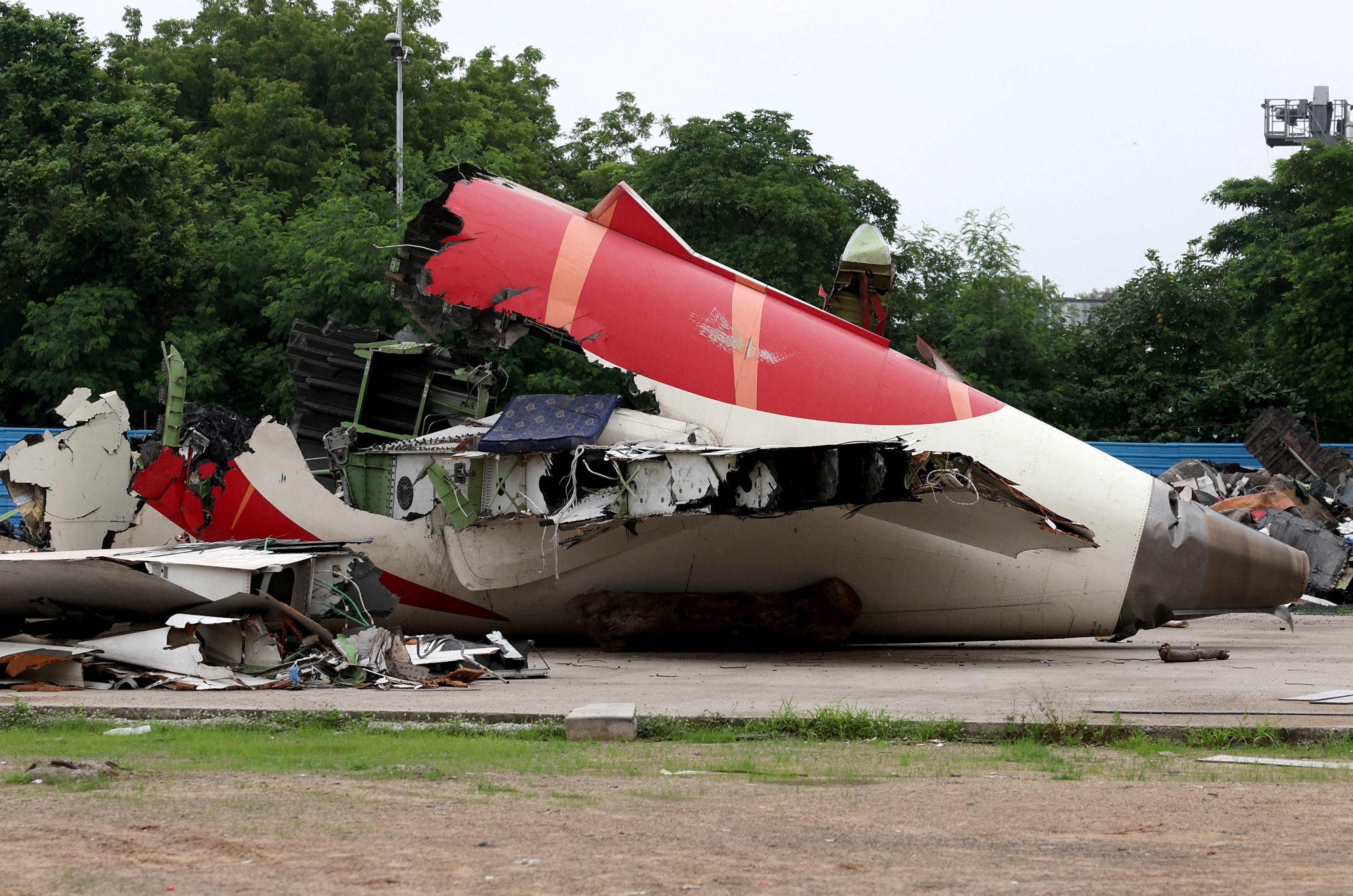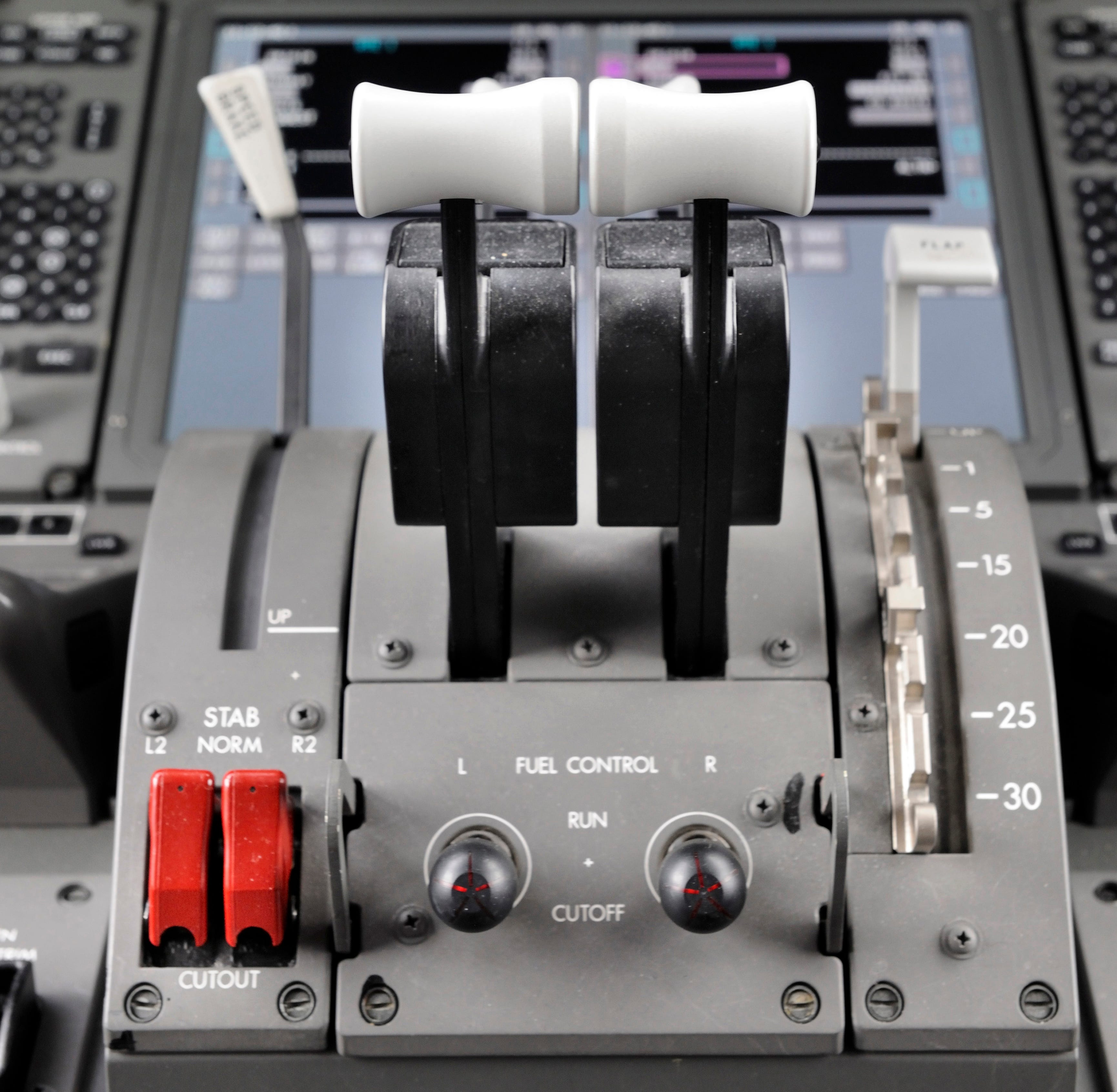
Amit Dave/REUTERS
Numerous airlines are inspecting the fuel-cutoff switches on their Boeing planes after investigators released their initial findings into the tragedy of Air India Flight 171.
On June 12, the London-bound Boeing 787 crashed 32 seconds after taking off from Ahmedabad Airport in India. All but one of the 242 people on board were killed, as well as 19 on the ground.
In a preliminary report published last Friday, India’s Aircraft Accident Investigation Bureau said that seconds after liftoff, the fuel was cut off to both engines, immediately shutting them down.
The fuel-cutoff switches have a stop-lock mechanism that requires them to be pulled outward before they can be moved up or down, preventing accidental movement. Brackets also guard them from being mistakenly knocked.
The report said cockpit audio showed one of the pilots asking the other why he had cut off the fuel, but he responded that he had not done so.
Friday’s report also references a 2018 bulletin from the Federal Aviation Administration. It advised inspections on several Boeing models, including the 787, after receiving reports that some 737s had fuel control switches installed with the locking feature disengaged.
“If the locking feature is disengaged, the switch can be moved between the two positions without lifting the switch during transition,” it said. “Inadvertent operation of the switch could result in an unintended consequence, such as an in-flight engine shutdown.”
Air India had not carried out inspections as the bulletin was advisory and not mandatory, the preliminary report said.
Since Friday, numerous airlines have begun such inspections, but no issues have yet been found.
A source familiar with the matter told Business Insider that Air India began carrying out voluntary checks of the fuel control switches on its 787s and 737s over the weekend.

aviation-images.com/Universal Images Group via Getty Images
About half of the 787s and almost all of the 737s have been inspected so far, with no problems found, the person added. The checks are expected to be completed by Wednesday.
India’s aviation regulator on Monday ordered the country’s airlines to inspect the fuel control locking feature in accordance with the 2018 advisory.
A spokesperson for Germany’s Lufthansa told BI that checks had been carried out on the fuel control switches on the Boeing 787s of Lufthansa and its subsidiary Austrian Airlines, “as a precautionary measure.”
“No findings were made,” they added.
United Airlines declined to comment on whether it was conducting inspections.
Singapore Airlines and Japan Airlines told Reuters that they were carrying out precautionary checks on the switches. Neither immediately responded to requests for comment sent by BI outside local working hours.
The news agency reported that South Korea’s transport ministry ordered the country’s airlines to inspect fuel control switches, in line with the FAA’s 2018 bulletin.
“At that time (2018), it was a recommended measure and was not fully inspected,” the government’s statement reportedly said.
Several outlets also reported that the FAA issued a continued airworthiness notification to the international community (CANIC) late Friday, saying it does not believe its 2018 advisory means any planes are unsafe.
Friday’s preliminary report only establishes the known facts rather than analysing the cause. It did not issue any recommendations to operators of Boeing 787s or GE engines.
In an internal memo obtained by several outlets, Air India CEO Campbell Wilson said the report “provided both greater clarity and opened additional questions.”
A final report is expected within 12 months of the incident.
The post Airlines are inspecting Boeing 787 fuel switches after the first Air India crash report put them in the spotlight appeared first on Business Insider.




